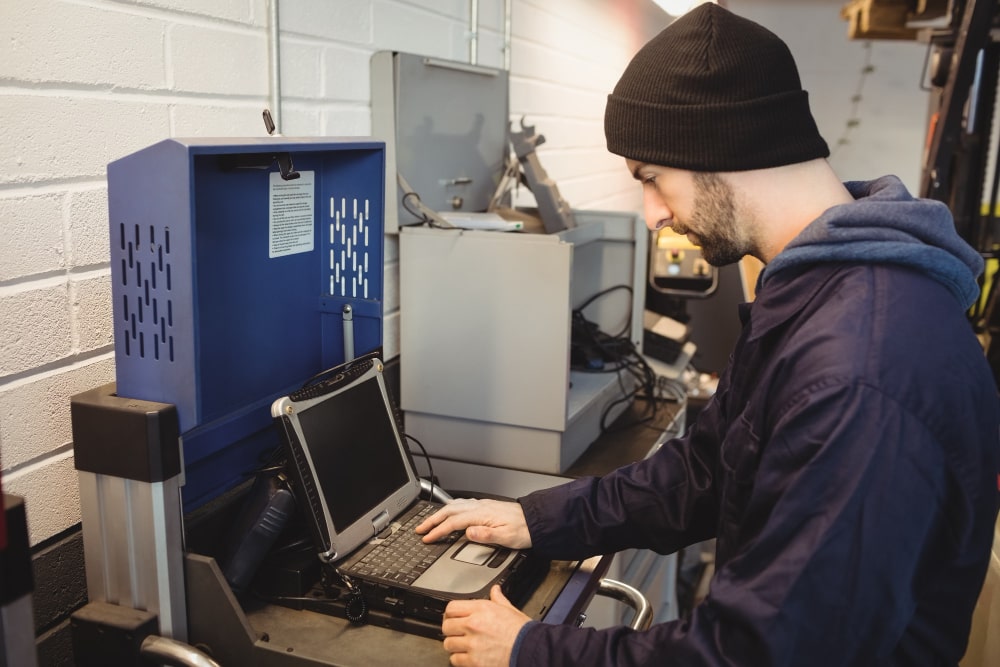The welding industry has significantly evolved over time, and one of the most important advancements is the incorporation of welding software. This type of tool enables companies to optimize processes, improve quality, and reduce costs. Below, we explore the key reasons why welding software can make a difference in your business.
1. Improvement of Operational Efficiency
One of the greatest benefits of implementing welding software is the optimization of operational processes. These tools are designed to automate repetitive tasks, such as calculating welding parameters or configuring equipment.
Moreover, the software can integrate with modern welding machines, enabling precise programming and reducing human errors. This means that your team can complete projects in less time, increasing the overall productivity of the company.
Another advantage is the ability to monitor and record real-time data for each process. This not only facilitates management but also helps identify potential bottlenecks and make informed decisions to optimize resources.
2. Quality Assurance and Regulatory Compliance
In sectors where precision and quality are crucial, such as the automotive industry, construction, or metal part manufacturing, welding software is an invaluable tool.
Thanks to its advanced features, it ensures that every weld meets the required standards, improving the consistency and quality of products. Some solutions also include automatic validation functions, ensuring parameters are within specifications before starting any operation.
On the other hand, many companies face challenges in complying with international regulations and quality certifications. Welding software helps document each process, generating detailed reports that are useful for audits and external evaluations. This not only reduces the risk of penalties but also strengthens your company’s reputation.

3. Long-Term Cost Reduction
Although the initial investment in welding software may seem significant, the long-term economic benefits are remarkable. The reduction of errors and waste translates into considerable savings in materials.
Additionally, by optimizing processes and extending the lifespan of equipment, costs associated with maintenance and repairs decrease. As if that weren’t enough, automation and continuous monitoring allow potential problems to be detected before they become costly failures.
Finally, better human resource management also contributes to savings. Well-implemented software reduces the need for personnel to manually supervise each operation, enabling talent to be reassigned to tasks of greater strategic value.






